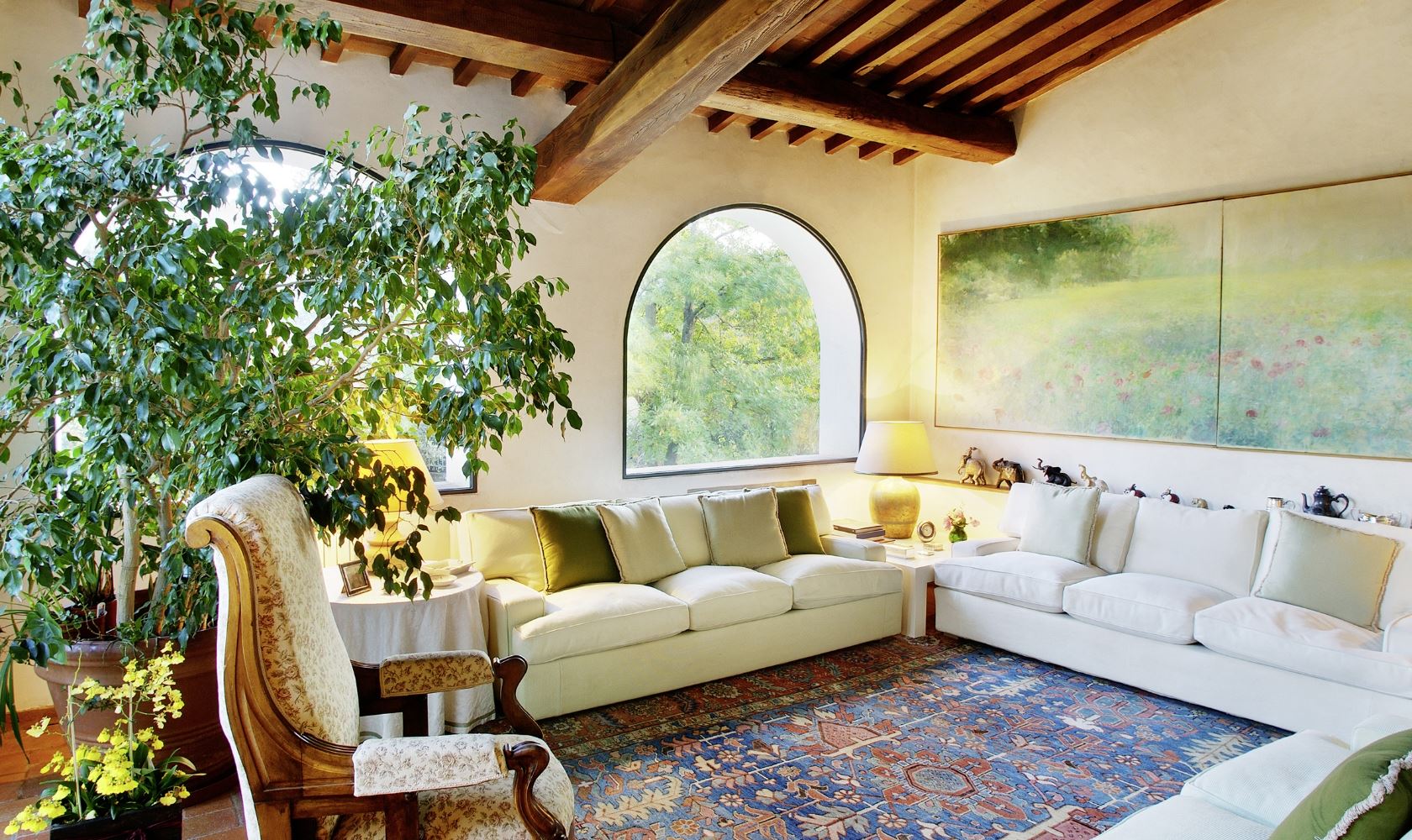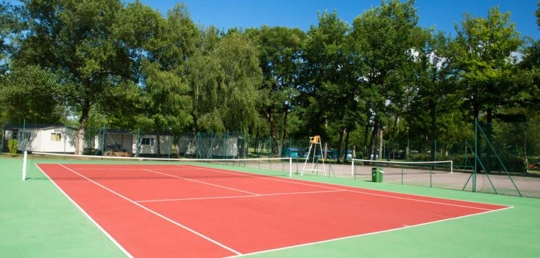Tennis Court Resurfacing, Repair & Surfacing Options
Ever wonder why certain tennis courts look immaculate? Almost like no one ever even uses them. Do you know how those courts continue to look that same way year after year? Well, it's the result of hard work, regular maintenance, and the proficiency of the experts who perform the work. There are a number of tennis court surfacing options available out there, and whether you're resurfacing, repairing or surfacing a tennis court, Mid Atlantic Asphalt has you covered.
However, some tennis court surfaces are better than others, due to their material and extended durability.
Some tennis court surfacing options include the following:
- Natural Grass Tennis Court
- Har-Tru (Clay) Tennis Court
- Synthetic Turf Tennis Court
- Hard Tennis Court
Hard Tennis Court Surfacing Option
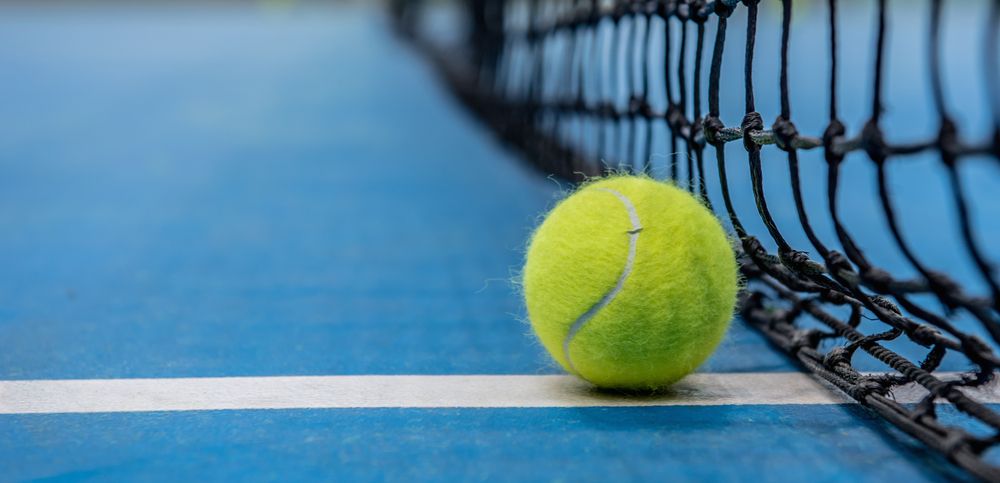
Hands down, sport courts are very popular. You can find a hard court in almost every tennis club, high school, community park, and sports club. Even the White House has a hard court! What makes them so great? You pay for a tennis hardcourt construction, and you get a tennis court that will serve you for many years.
What Are the Benefits Of Hard Tennis Courts?
- Low-maintenance
- Clay courts need regular water balance maintenance. Grass courts must regularly be trimmed. However, if you have a hard court, you only have to sweep it every week and pressure clean it 1-2 times a year.
- Good damage resistance.
- Because sport courts are usually asphalt-based or concrete-based, they are more durable than clay courts or grass courts.
- Cost-effective.
Hard Tennis Court Installation and Resurfacing
Hard tennis court resurfacing and installing takes a few steps. First, we lay the foundation - asphalt or concrete. The most important part is that sport courts need a solid, stable base made of the finest asphalt mix or the most durable concrete. We make sure to add two asphalt layers. A tennis court is not merely a patch of asphalt or concrete painted green.
These layers are necessary for surface durability when resurfacing a tennis court. We then add two layers of protective acrylic coat. The acrylic coating system keeps the hardcourt together. The acrylic emulsion goes deep into the layers, insulating them and creating a protective, damage-resistant layer that also protects the surface from water. Then, we add high-quality acrylic paint, that gives your tennis court a shiny, fresh look and offers additional protection from damage.
Acrylic paint also holds its color for a much longer time than any other paint. Many contractors offer their customers a variety of colors to choose the color scheme for their court. The last step is to add line paint. After surfacing is done, we paint white lines according to nationally accepted standards. That is just a brief outline of the tennis court surfacing.
Many contractors listen closely to their customers and make some adjustments to customize the construction. Fencing and equipment installation is often included in these services.
Contact us to learn more about costs to perform tennis court resurfacing and installation, and find out more about some of the best tennis court resurfacing deals at Mid Atlantic Asphalt.
Tennis Court Repair
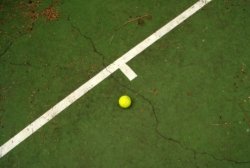 Just like the asphalt, any hard court can be damaged. It can suffer from temperature cycles, water damage, poor installation, freeze damage, and many other factors. Cracking, depressions, and puddles are the most common signs of your tennis court needing repairs.
Just like the asphalt, any hard court can be damaged. It can suffer from temperature cycles, water damage, poor installation, freeze damage, and many other factors. Cracking, depressions, and puddles are the most common signs of your tennis court needing repairs.
Do you think that you can wait until the end of a season? Players and spectators who come to your tennis court beg to differ. A cracked tennis court doesn’t just look bad – it IS bad. It becomes a trip hazard, impacts the speed of the game, and robs the players of the conditions they need for a good match.
Do you want your visitors to be happy and come back again? Don’t want your tennis court shut down because of accidents, do you? Then don’t push your luck and get a team of experts to restore your tennis court to its original beauty.
Can You Fix a Tennis Court Yourself?
- Tennis court maintenance requires special products.
- By using ordinary crack filler, you’ll be doing more harm than good to your tennis court.
- Before the repairs, all cracks must be thoroughly cleaned and dried.
- This work is not as easy as it seems. It requires special equipment and professional precision. Tennis court contractors possess both.
- There are several types of tennis court damage.
Tennis Court Maintenance
Q: Are there any things you can do in regard to tennis court maintenance?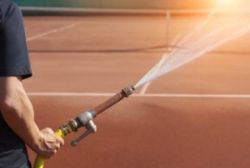
A: Absolutely. Keep an eye on your tennis court.
Tennis Court Maintenance Tips
- As soon as you see cracking or other deformities, take action.
- Make sure that the surface is free of debris.
- Organic litter is your greatest enemy. Always remove pine needles and leaves before they become a rotting pile of compost and break down the acrylic coating surface.
- Trim the vegetation around the court edges.
- Plants gather moisture. Too much moisture puddled around the tennis court will result in a premature breakdown of the acrylic surface coating.
- Wash the surface periodically.
- It will refresh its good looks and expand its life. Use light or moderate pressure and mild detergents to avoid damaging the structure.
- Have a trusted tennis court contractor in your contact list.
- Hiring professionals to do minor repairs will cost you much less than having to resurface an entire area later.
- As an owner of the tennis court, you should be the one to assess the condition of your property.
- Do your homework and investigate each case before taking measures.
What Are the Most Common Types of Tennis Court Damage?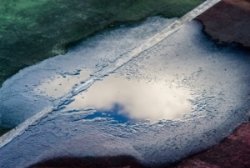
Birdbaths
These occur if your surface has a low spot and a crack in it. The water fills the crack and remains, creating a puddle. It does not look pleasant and the water continues to damage the surface by breaking down the acrylic coating system, which acts as a barrier to your asphalt.
In time, the birdbath will get bigger and bigger. You want a tennis court, not a swimming pool, right? Our team of experts can solve this problem either with multiple layers of acrylic patch binder or an asphalt patch.
Surface Cracks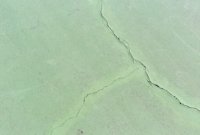
If only the surface layer of your tennis court has cracks, consider yourself lucky. This issue can be fixed with the help of SportMaster's Acrylic Resurfacer. With its low viscosity, the material fills every crevice and holds the surface together.Deep Cracks
Now, this is tricky. If your cracks were neglected for too long and they are really wide, then your court may require a stone dust overlay.
However, if your court wasn't neglected for a long period of time then you may be in luck. These are the following ways to fix cracks:
- ARMOR® Crack Repair System.
- This knitted mesh fabric is durable and flexible at the same time. Once applied on top of the crack, it holds the damage together and absorbs the crack growth movement. In other words, if the crack expands, the fabric does as well. It is not bonded to the surface with the help of acryl for better flexibility. This solution is perfect for hiding deep, structural cracks and keeping them from re-emerging on the tennis court surface. The court is safe for players and looks presentable to the guests.
- Patch binders are made of latex, cement, and sand.
- They offer good durability.
- Acrylic coated fiberglass mesh.
- This technique is used to fix spider cracking.
- Plastic tiles.
- Covering an entire court with painted plastic tiles is an efficient and very expensive option.
- Rubber mats.
- Although this is a cheaper solution than plastic tiles, it will only postpone the issue instead of dealing with it.
- Epoxy.
- This material is one of the best deep crack fillers: it is resilient has great adhesive properties and is capable of deep penetration.
Which One of These Solutions Is the Most Reliable?
Everything depends on the quality of materials and the skill of the experts. Keep in mind that getting a top-notch crack filling does not mean that you can stop paying attention to your tennis court for years. The repairs will hold up for several months. After this, you have to watch your court carefully and prepare for a tennis court resurfacing.
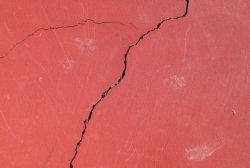
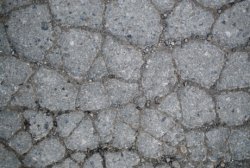
How Often do Tennis Courts Need Resurfacing?
The only way to keep your court functional and safe for everyone is to resurface it every 5-7 years. Tennis court resurfacing is something that should not be delayed. Resurfacing and regular maintenance are important in keeping courts clean and crack-free. Resurfacing is a complicated procedure, so you'll need a reliable contractor to perform it for you. The resurfacing works consist of two phases.Phase 1: Repairs
A tennis court resurfacing begins with deep, full-scale repairs of the court structure. First, the team removes any debris from the cracks by using a power washer. Any material used for filling in the previous crack repair is also removed. It is necessary because if the crack issue re-emerges, it means that the material became brittle.
The outdated materials are washed out via the pressure washer/sawed out with a diamond saw/ chiseled off manually. The crack walls must be thoroughly dried to provide a successful bond between the new material and surface. The repair team dries each crack carefully before filling it.
After the crack is filled and sealed, our tennis court resurfacing experts will make the surface smooth to bring the tennis court back to its original state and prevent the material from curling. If our team encounters any drainage issues, they are fixed immediately. After the repairs are done, the surface is leveled out from depressions. Next, we reseal the asphalt with a new acrylic coating.
Sometimes owners want to skip this step and go straight to painting, but we advise against it. The acrylic coating insulates the surface and restores texture integrity. Skipping this phase is like bandaging a wound without sanitizing it first. Also, the application of acrylic emulsion gives the court a shiny new look and hides all traces of the repairs.
Phase 2: Surfacing
The team proceeds with the surfacing. The court is painted with a multi-layer paint system to seal the voids and protect the surface from damage. With this done, the team applies the finishing touch by painting white lines and installing fencing. We also follow the personal request of our customers and install additional equipment if it’s necessary.How Long Does Tennis Court Resurfacing Take?
It normally takes between 3 to 6 days to resurface a tennis court. If the court requires major repairs due to severe cracks, drainage problems, or an improper slope, repair and resurfacing can take a week or more.
How Much Does Tennis Court Resurfacing Cost?
The answer is that costs can range depending on the type of tennis court, as well as the level of resurfacing. Before we resurface your tennis court, a team of experts here at Mid Atlantic Asphalt will firstly inspect the tennis court, in order to make a valid and informed decision on what exactly has to be done with regard to resurfacing.
How Often Should You Get a Tennis Court Resurfaced?
Our professionals can also advise you on the best options, and give you tips on how to upgrade your tennis court for optimal support and durability. It is important to get your tennis court resurfaced at least every 4 to 8 years, to ensure that it is in ideal conditions for tennis games and tournaments.
Cushioning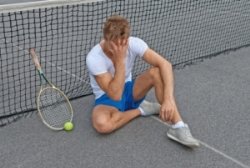
Sport courts can be rough on players, surface cushioning coating systems were developed to fix this issue. Mid Atlantic Asphalt can add more layers to improve shock absorption and make accidental falls less painful and traumatic for the players.
Hardcourt cushioning can also affect the pace of the game. This is why cushioning is a hot topic for many sports-related articles. This interesting subject deserves more attention and an individual article.
How to Build A Tennis Court Of Your Dreams
As you can see, having a tennis hard court is a great responsibility. The tennis court owner must always remember the comfort and safety of the players and visitors. If you are in this business, it is your duty to get the best maintenance for your property.
However, tennis court owners in Maryland, Washington, DC, and Delaware don’t have to deal with this burden alone. Our company offers services that go beyond fixing and constructing sport courts: we provide you with customized options at every stage of the repair/construction process.
It’s up to you to decide how many layers you want and what color pattern your tennis court should have. We will assess the type of damage free of charge, and recommend the best solution for you and your hard court.
If you want to upgrade your hard court, we can bring your vision to fruition. Contact us at (410) 999-1263 to get started on your tennis court resurfacing and repair today.
